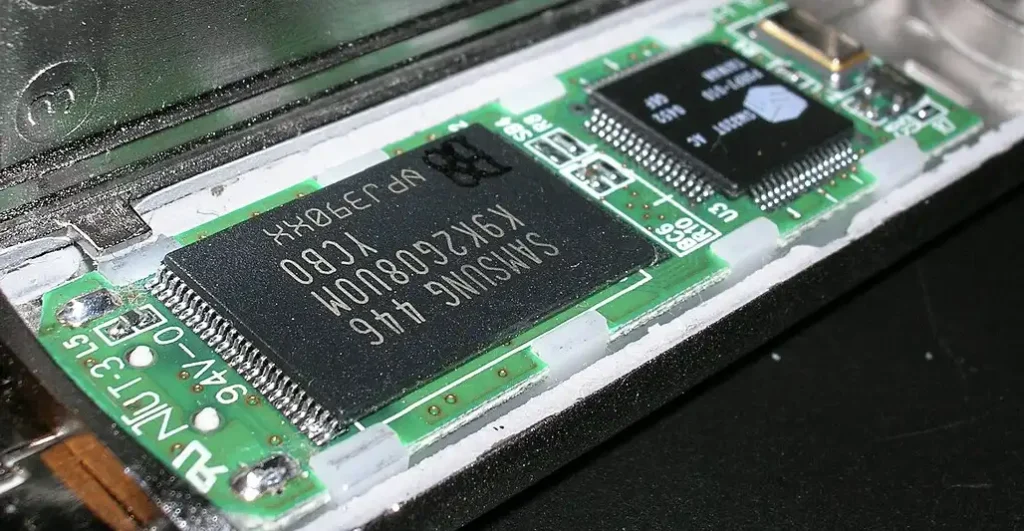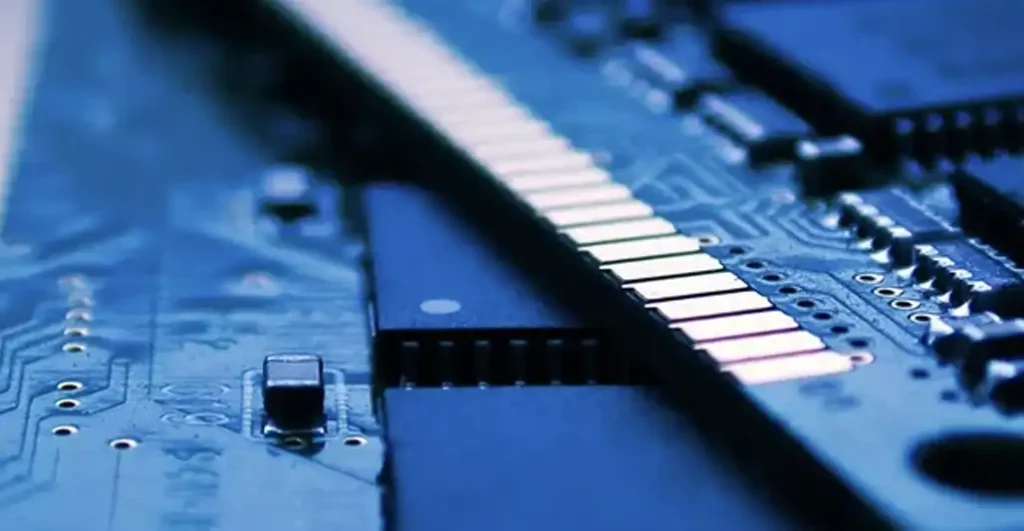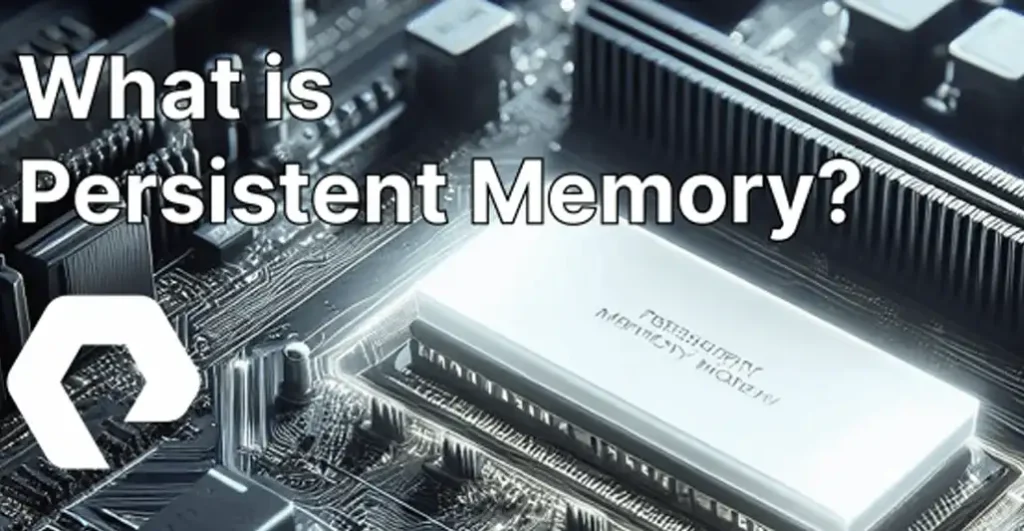In the digital age, data reigns supreme. From the breathtaking visuals on your computer screen to the complex calculations powering artificial intelligence, everything relies on the invisible heroes: memory chips. These tiny marvels store and retrieve information at lightning speeds, forming the backbone of our digital world. But how exactly do these chips translate the complex world of data into a physical form?
This comprehensive blog delves into the fascinating science behind memory chips, exploring the mechanisms that translate ones and zeros into electrical signals and back again.
The Building Blocks: Understanding Memory Cells
At the heart of every memory chip lies a fundamental unit called a memory cell. This microscopic circuit is responsible for storing a single bit of data, which forms the foundation of all digital information. There are two main types of memory cells, each employing distinct approaches to store data:
- DRAM Cells (Dynamic Random-Access Memory): These cells utilize tiny capacitors to hold data as electrical charge. When a capacitor is charged, it represents a binary 1. Conversely, a discharged capacitor signifies a binary 0. However, DRAM is volatile, meaning it loses its data when the power is off. The charge within the capacitor gradually leaks away, necessitating constant refreshing cycles to maintain data integrity.
- Flash Memory Cells: Unlike DRAM, flash memory cells employ transistors to trap electrons. By applying a specific voltage, the cell can be programmed to trap or release electrons, altering its electrical state and representing a 1 or a 0. This trapped charge persists even when the power is off, making flash memory non-volatile, ideal for permanent data storage on devices like USB drives and smartphones.
How Data is Stored in Memory Chip

Memory chips use tiny switches to store data.
These switches are called transistors and they can be either on or off. This on/off state represents the ones and zeros that make up binary data, the language of computers.
Here’s a deeper dive into how it works:
- Memory Cells: Each bit of data (0 or 1) is stored in a memory cell, a tiny circuit on the chip. This cell usually consists of a transistor and a capacitor.
- Transistors as Switches: The transistor acts like a switch that controls the capacitor. By applying an electric current, the transistor can be turned on or off.
- Capacitors for Storage: The capacitor stores the charge. When the transistor is on, a current flows into the capacitor, charging it. This charged state represents a 1. Conversely, when the transistor is off, the capacitor is discharged, representing a 0.
There are different types of memory chips based on how they store data:
- DRAM (Dynamic Random-Access Memory): Needs constant power to maintain the charge in the capacitor. This makes DRAM fast for frequently accessed data like running programs, but data is lost when the power goes out.
- Flash Memory (NAND, NOR): Uses the floating gate transistor to store data. The presence or absence of charge on the floating gate determines the data state (1 or 0). Flash memory retains data even without power, making it ideal for storage devices like USB drives and memory cards.
By combining millions or even billions of these memory cells, a chip can store a vast amount of data.
Memory is Stored on Chips Located on the Motherboard
That’s partially correct! There are two main types of memory in a computer, and their location is different:
- Primary memory, also called RAM (Random Access Memory), is where data is stored that the computer is actively using. You are right that RAM is stored on chips located on the motherboard. These chips provide fast access to data for the CPU (Central Processing Unit). However, RAM is volatile, meaning it loses its data when the computer is turned off.
- Secondary memory, also called storage, is where data is kept more permanently. This includes things like your documents, pictures, music, and programs. Secondary memory is typically much larger than RAM, but slower to access. Examples of secondary storage include hard disk drives (HDDs) and solid-state drives (SSDs). These are separate components from the motherboard.
Is Virtual Memory Stored on a RAM Chip

Virtual memory is not directly stored on a RAM chip, although RAM plays a crucial role in its function. Here’s the breakdown:
- Virtual memory is a concept, created by the operating system (OS), that allows a computer to appear to have more RAM than it physically has.
- It acts like an extension of RAM using a combination of RAM and storage (usually the hard drive).
Here’s how it works:
- Programs use virtual addresses: The OS allocates virtual addresses to programs, making them think they have a continuous block of memory.
- Mapping with Page Table: The OS maintains a page table that translates these virtual addresses to actual physical locations in RAM or storage.
- Data Swap: When a program needs data from its virtual memory, the OS checks the page table. If the data is in RAM, it’s accessed quickly.
- Swapping to Storage: If the data isn’t in RAM (because RAM is full), the OS swaps less used data from RAM to storage to free up space for the needed data. This swapping process takes longer than accessing data directly from RAM.
So, while virtual memory itself isn’t physically stored on a RAM chip, it relies on RAM for frequently accessed data and uses storage as an overflow area when RAM gets full.
Uses Persistent Memory Chips to Store Data

The device that uses persistent memory chips to store data is a flash drive.
Here’s why:
Persistent Memory: Persistent memory refers to memory that retains data even after power is lost.
Flash Drive Characteristics: Flash drives use flash memory chips, a type of non-volatile memory that stores data using electrical charges trapped in transistors. This allows them to hold data persistently, unlike RAM which loses data when powered off.
Other Options:
Hard Disk Drives (HDDs) also use persistent storage, but they rely on spinning platters and a magnetic head to read/write data, making them slower than flash drives.
RAM (Random Access Memory) is very fast but volatile, meaning it loses data when powered off.
Compact Discs (CDs) are another storage option, but they are read-only for most standard CDs.
Therefore, flash drives, with their persistent memory capabilities thanks to flash memory chips, are the best fit for the description.
Conclusion
In conclusion, memory chips are the building blocks of digital storage, using microscopic switches to represent the 0s and 1s that make up computer data. These chips come in two main flavors: RAM, which provides super-fast temporary storage for active programs on the motherboard, and flash memory, the persistent storage found in devices like USB drives.
By cramming billions of these tiny switches onto a single chip, we can store and access enormous amounts of information. Even when it comes to virtual memory, a clever operating system trick that extends the reach of RAM, memory chips play a critical role.
So, the next time you save a document or boot up your computer, remember the incredible miniaturization and ingenuity that allows data to be held within these remarkable chips.




















